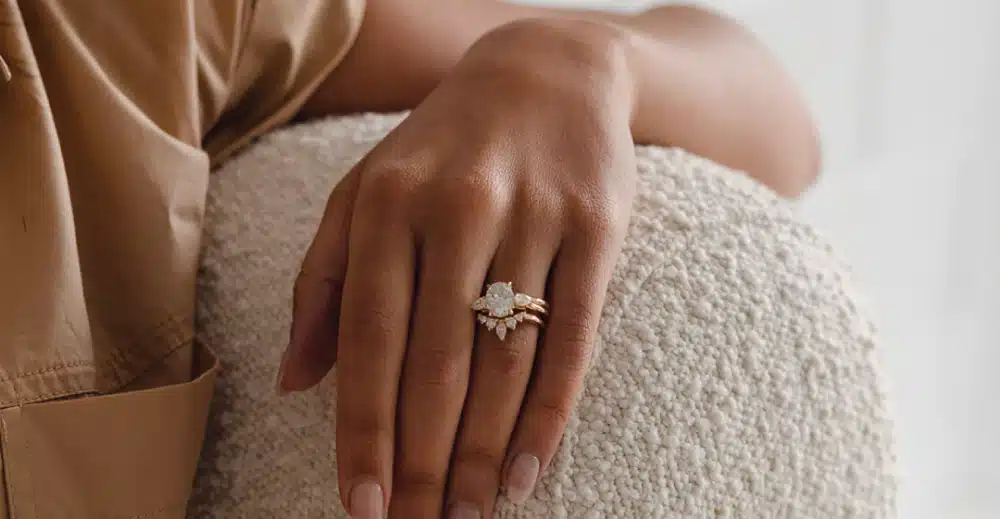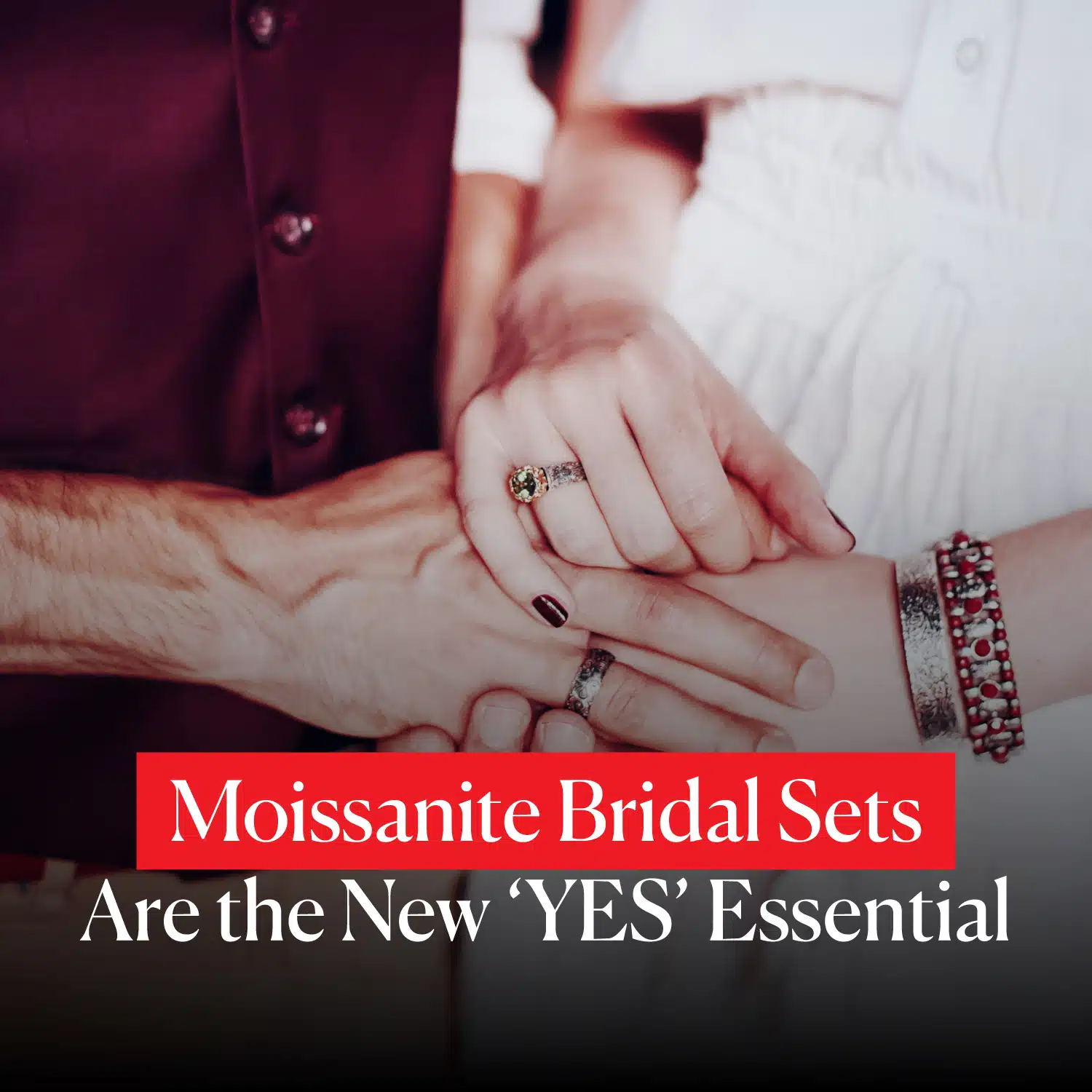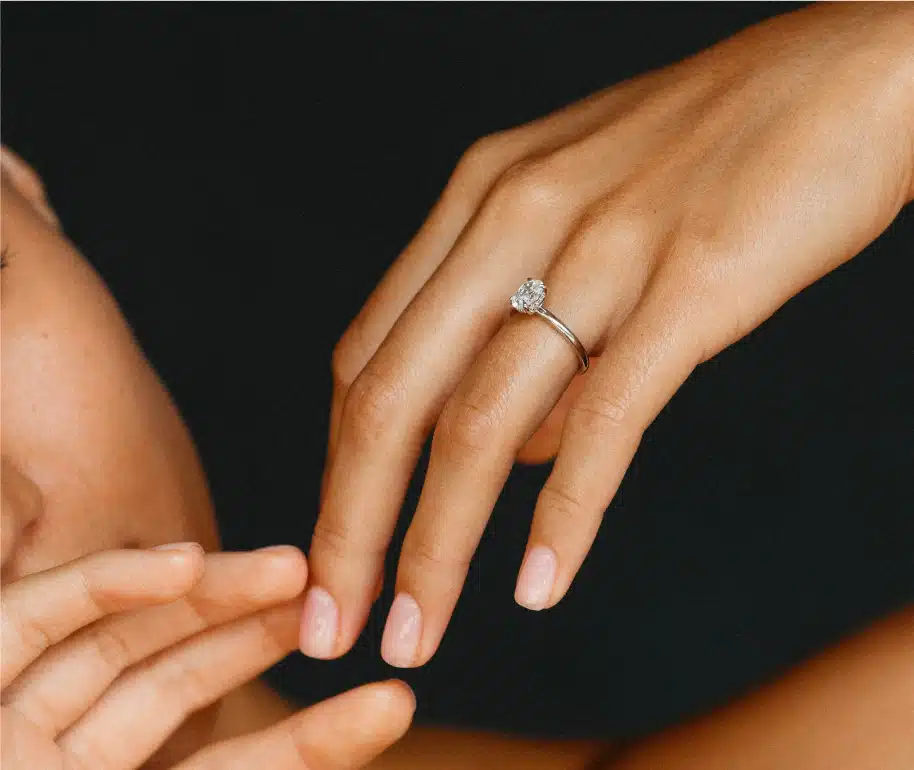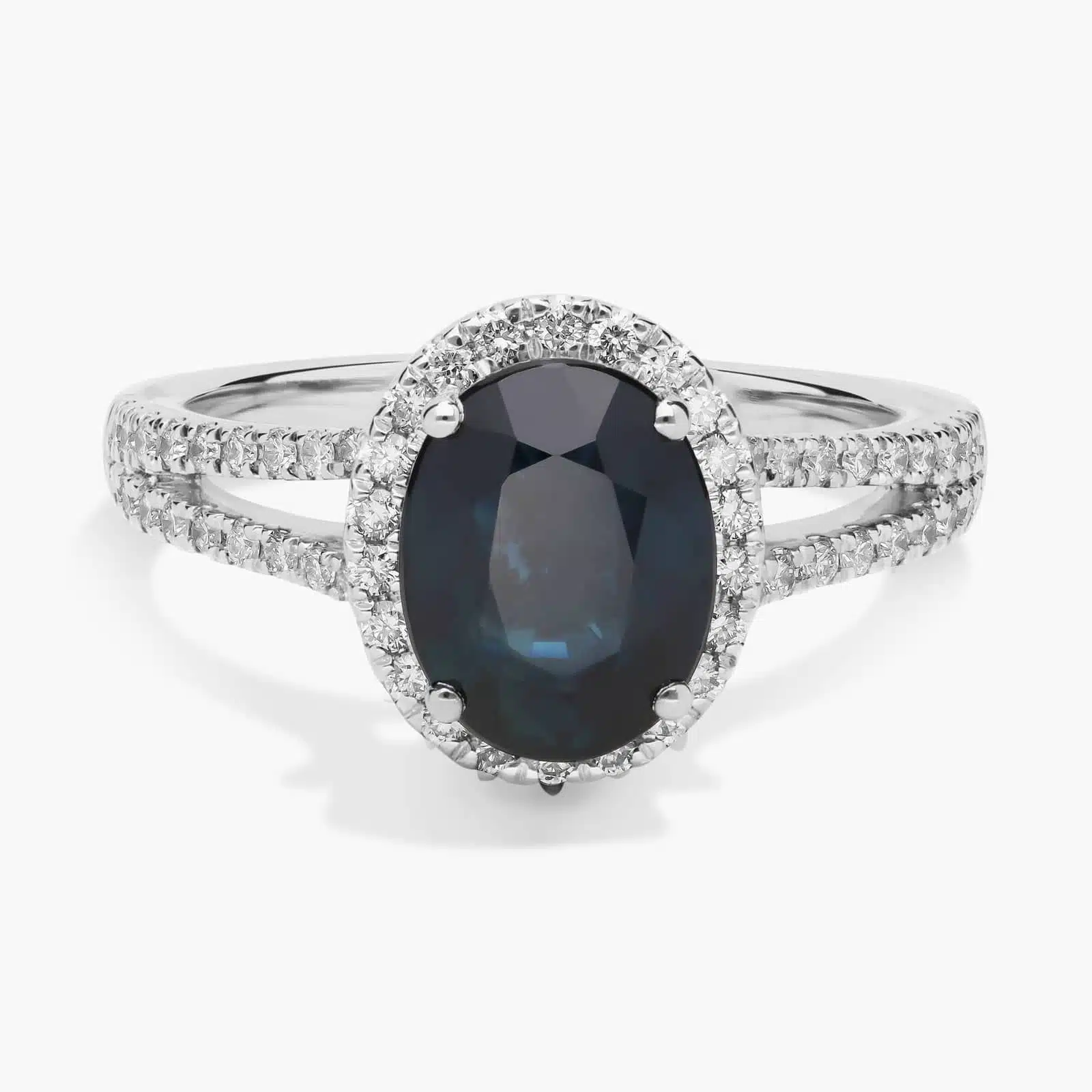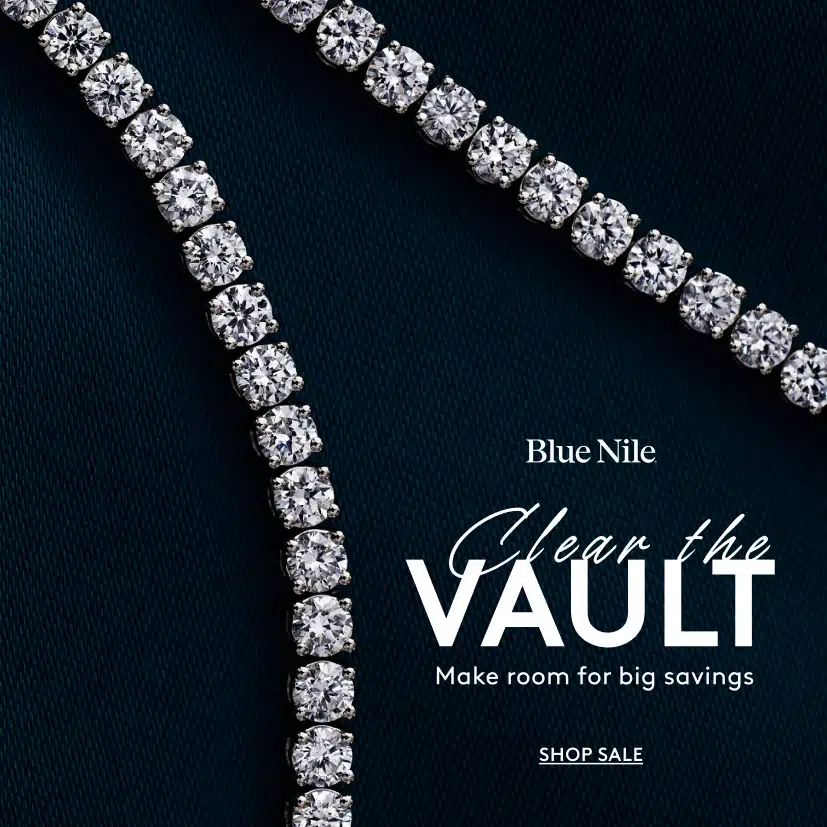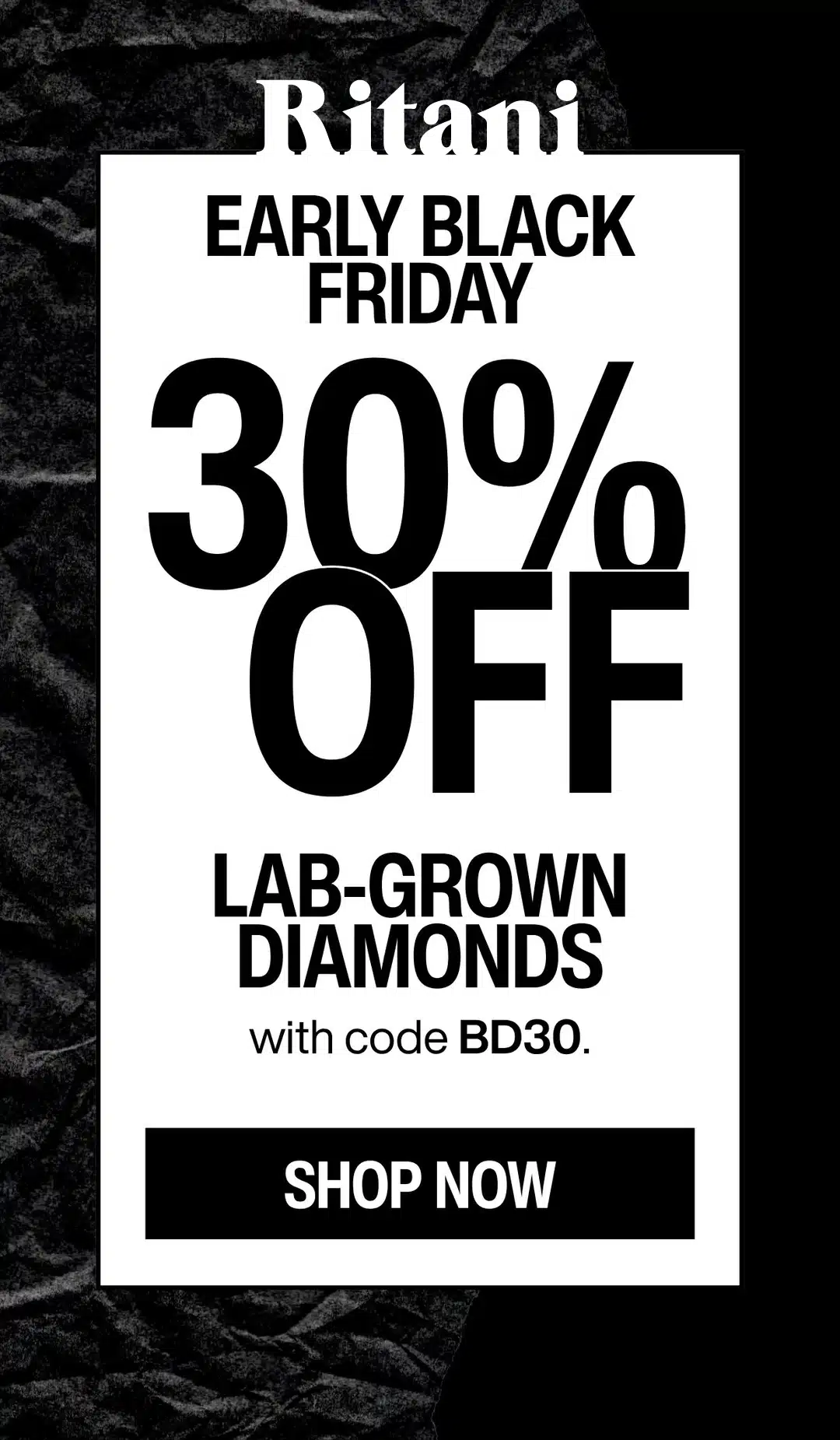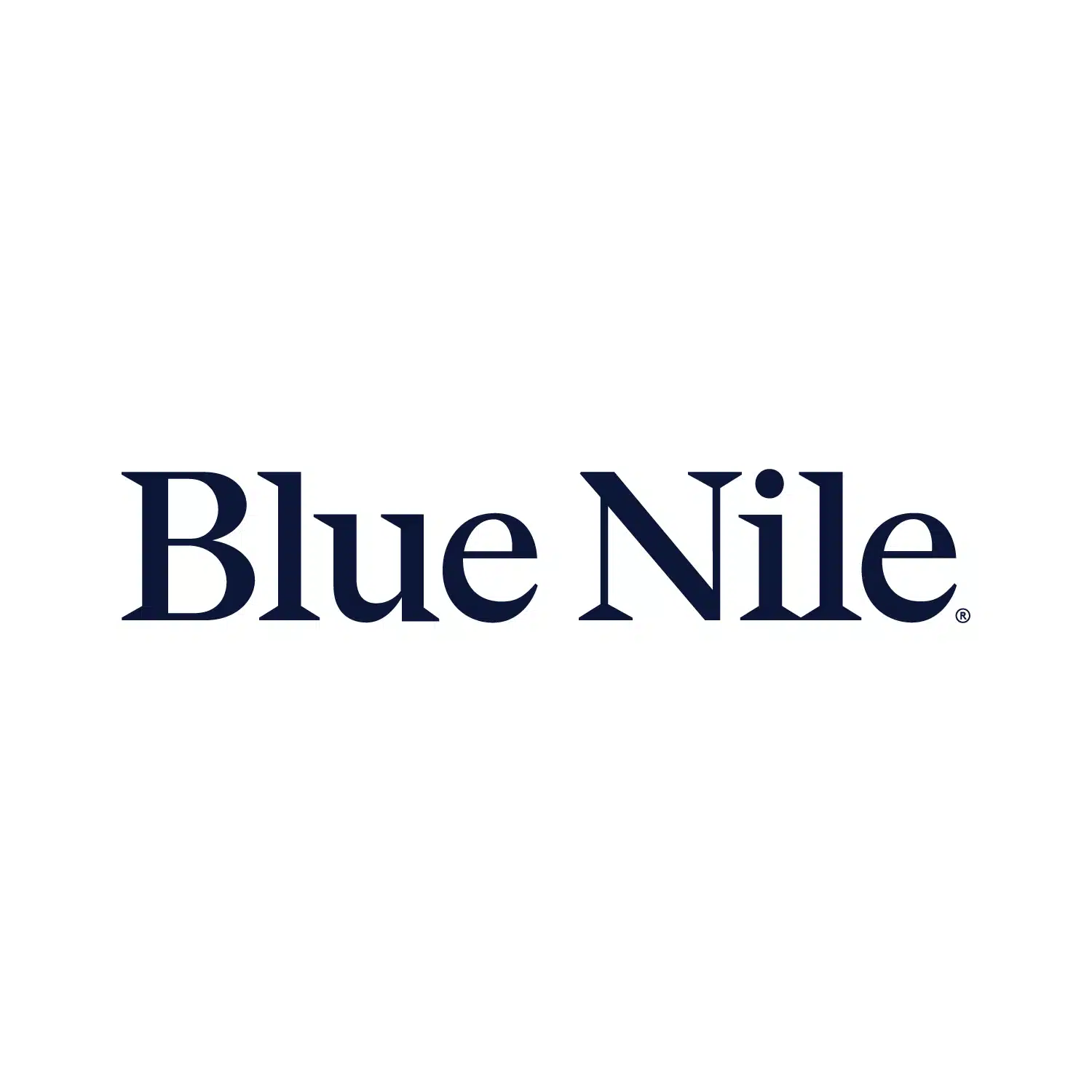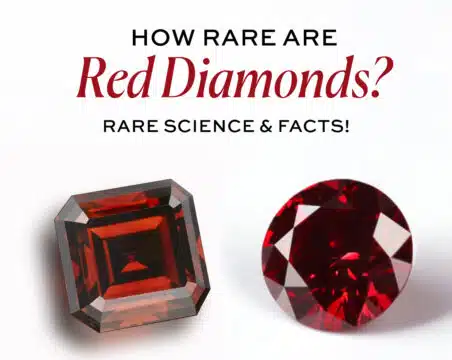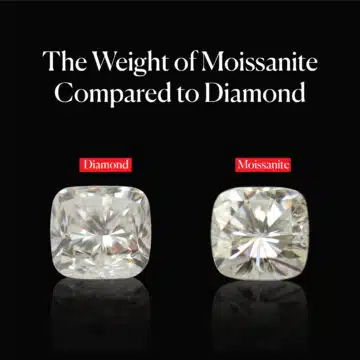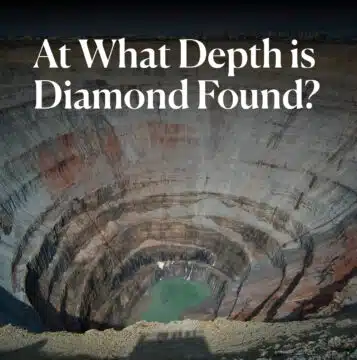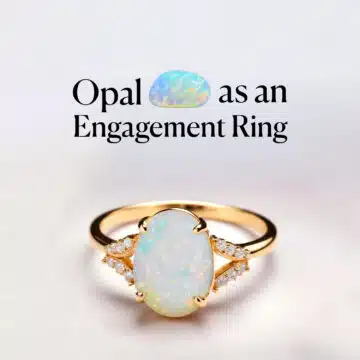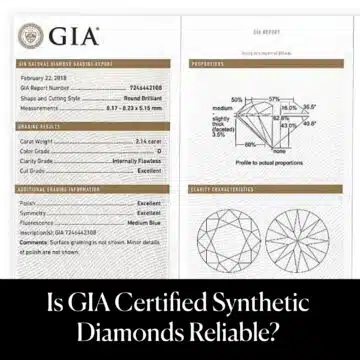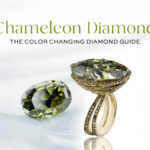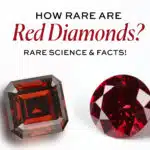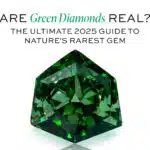A natural orange diamond is one of the rarest fancy colored diamonds in the world, getting its fiery hue from a unique clustering of nitrogen atoms during its formation and primarily originating from just a few mines in South Africa and Australia.
Have you ever seen a truly pure orange diamond? I’m not talking about a brownish or yellowish stone, but a gem with a vibrant, electric orange color that seems to glow from within. It’s like looking at a tiny, captured piece of an autumn sunset, a glowing ember pulled from the deepest parts of the earth.
It is a color so mesmerizing that in the trade, we don’t just call them orange diamonds; we have more powerful names for them: “Fire Diamonds,” or the famous nickname, “Pumpkin Diamonds.”
These fiery gems are one of nature’s rarest masterpieces, a geological anomaly so scarce that for many collectors, they are even more elusive than the famous pinks and blues. Their story is one of impossible chemistry and incredible beauty.
Deal Alert: Elevate your design. Get up to 30% OFF engagement ring settings at Blue Nile !
One In A Lifetime Sale: “Clear The Vault” – Get up to 70% OFF on select jewelry at Blue Nile !
| Pro Tip: See every detail with 360° HD videos available at James Allen .
That’s why I’ve created this guide. This is not just an article; it is the most comprehensive resource you will find anywhere. Together, we are going to explore the mysterious origins of their captivating color, understand their staggering rarity, meet the legendary stones that made them famous, and—most importantly—I will pull back the curtain on the real 2025 market prices for both the priceless natural orange diamond and the game-changing, brilliant lab-grown orange diamond that is making this fiery color accessible for the first time in history.
Welcome to the world of the fire diamond. Let’s begin.
Diamond IQ Test: Natural or Lab-Grown?
Two identical diamonds: GIA Certified, 1.51ct, D Color, VVS1, Ideal Cut. One is natural ($16,530), the other is lab-grown ($2,390). Choose the diamond you like better and see if you can match it to its origin.
The Science of Fire: How Does a Diamond Turn Orange?
To truly appreciate a natural orange diamond, you have to understand the miracle of its creation. This isn’t just a simple case of a mineral getting a dose of color. The birth of a diamond orange hue is the result of a geological “perfect storm”—a recipe so precise and violent that it almost never happens.
The Nitrogen Anomaly: A Hyper-Specific Recipe
Like its sunny cousin, the Yellow Diamond, an orange diamond gets its color from the element nitrogen being present during its formation. But here’s the secret: the recipe is far more precise.
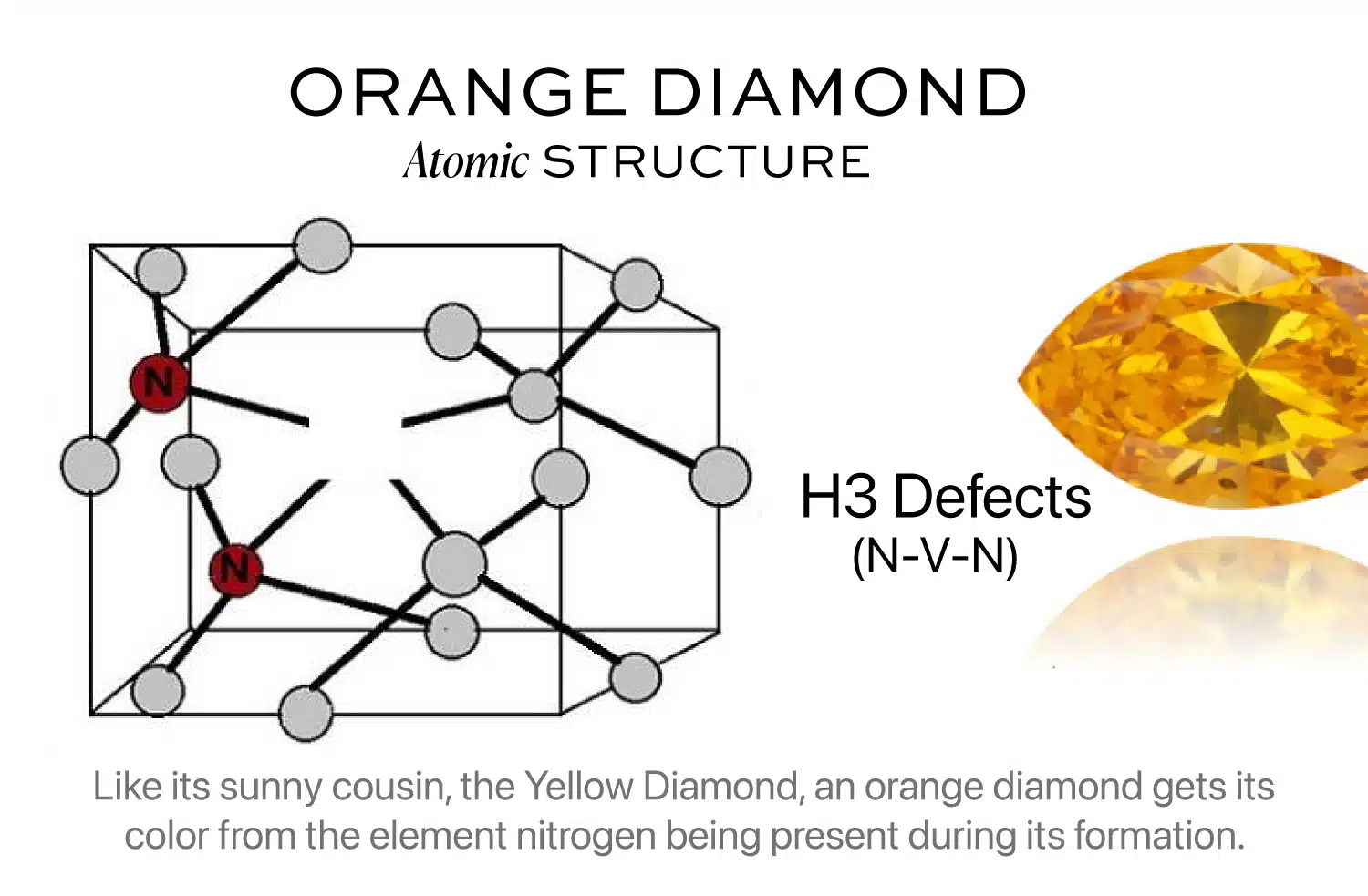
It’s not just that nitrogen is present; it’s how it’s arranged. In a yellow diamond, the nitrogen atoms are scattered. In an orange diamond, the nitrogen atoms are forced into a very specific, tightly packed structural grouping.
This “hyper-specific” arrangement is an anomaly, a rare flaw in the crystal lattice that causes the diamond to absorb light in a unique way. It drinks in all the blue light and even some of the yellow, which powerfully reflects that pure, breathtaking orange diamond color back to your eye.
A Hint of Trauma: Born from Pressure
The latest research shows that nitrogen is only half the story. The world’s most intense orange diamonds also show signs of plastic deformation.
This is the exact same phenomenon we see in the mythical Pink Diamond. It means that during its formation, the diamond was subjected to such immense geological stress that its very crystal structure was twisted and strained. So, the creation of a pure orange color diamond is a two-part miracle:
- The Perfect Chemistry: The “hyper-specific” grouping of nitrogen atoms.
- The Perfect Trauma: The immense pressure that distorted its internal structure.
It is a gem born from a perfect storm of chemistry and trauma. The extreme conditions required for this to happen are almost impossible to comprehend, taking place at depths we can barely imagine. This is a topic we explore in my complete guide on At What Depth is Diamond Found?.
This unique origin story is what sets it apart. Here’s a quick-glance table to help you understand the differences:
| Fancy Color Diamond | Primary Cause of Color | The Resulting Look |
| Orange Diamond | Hyper-Specific Nitrogen + Physical Stress | Fiery, Ember-like Orange |
| Yellow Diamond | Scattered Nitrogen Atoms | Bright, Sunny Yellow |
| Pink/Red Diamond | Intense Physical Stress (Deformation) | Rosy Pink to Deep Red |
The Rarity Factor: Nature’s Almost Impossible Gem
In my line of work, the word “rare” gets used a lot. But when I talk about a natural orange diamond, I need you to understand that we are in a completely different reality. We’re moving beyond rarity and into the realm of the truly miraculous. This isn’t just a gemstone; it’s the result of winning a geological lottery millions of times in a row.
Just How Rare is a Natural Orange Diamond?
Let me put this in perspective for you with some mind-boggling numbers. According to the top gemological institutes, fewer than 0.05% of all diamonds discovered show even a hint of orange. That’s one in two thousand. But here’s the kicker: that tiny number is for stones with just a trace of orange color.
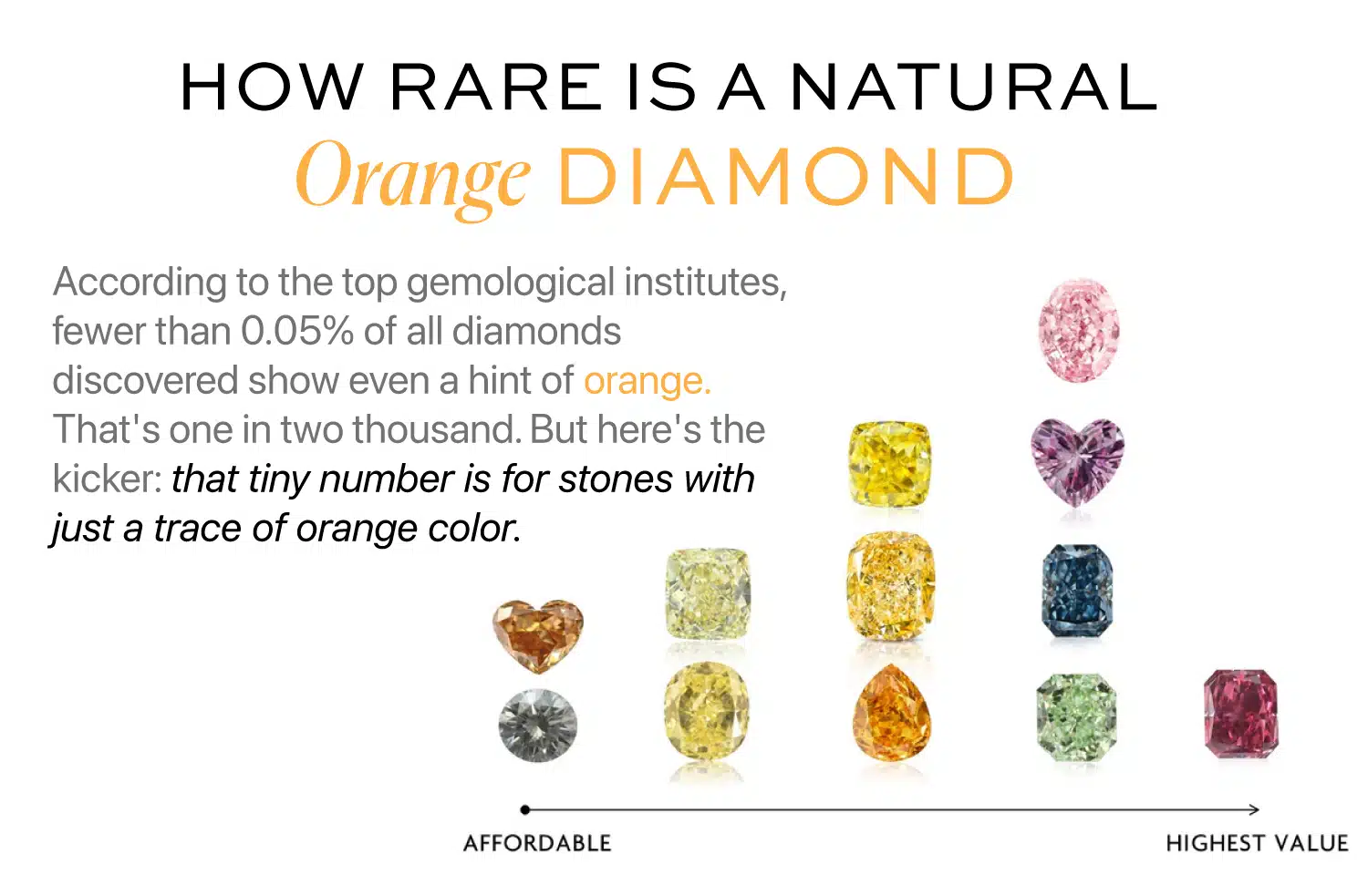
When we talk about a pure, unmodified orange diamond—one with no secondary brownish or yellowish hues—we’re talking about a fraction of that fraction. It is a statistical anomaly.
In the trade, gemologists often debate the exact hierarchy of rarity, but we all agree on one thing: a pure orange diamond is firmly in the top tier.
- It’s considered the fourth or fifth rarest fancy color in the world.
- It is significantly rarer than a Yellow Diamond.
- It is rarer than most Pink Diamonds.
- It is even rarer than most Blue Diamonds.
The only color that is definitively, undisputed rarer is a pure red diamond. When you see a pure orange, you are looking at something that, by all statistical rights, should not exist.
The Impact of Mine Closures on Scarcity
So, these gems are already almost impossible to find. Now, imagine if the one or two places on Earth that produce them suddenly vanished. That is exactly what has happened.
Historically, the world’s most beautiful and consistent supply of orange colored diamonds has come from just two key locations: a few mines in South Africa, and the now-legendary Argyle Mine in Australia.
Argyle was a geological treasure chest, a freak of nature that produced the world’s most intense pinks, reds, and violets, but also some of its most stunning oranges. In 2020, the Argyle Mine permanently closed its operations.
My Expert Take: “The closure of Argyle was a seismic event in the gem world. It wasn’t like a tap being turned down; it was like a well that had produced magical water for 40 years suddenly, and permanently, ran dry. The already tiny supply of new orange diamonds being unearthed each year has now dwindled even further.”
This supply shock means that every existing natural orange diamond in circulation has become an even more finite and precious treasure. It has transformed them from simply “rare” to “historical artifacts.”
To understand the full spectrum of rarity and see exactly where orange fits in with all the other incredible fancy colors, you absolutely must read my in-depth guide: The Fancy Color Diamond Rarity Report.
The Legends: Famous ‘Pumpkin Diamonds’ That Made History
In the world of ultra-rare gems, there are stones that are beautiful, stones that are valuable, and then there are the legends. These are the diamonds so extraordinary they become benchmarks, earning names and stories that are repeated with a sense of awe. For the orange diamond, there are two titans whose fame defines the entire category.
The Pumpkin Diamond: The Icon of the Oscars
Before 2002, the pure orange diamond was a well-kept secret among high-end collectors. But one night, one actress, and one incredible diamond changed everything.
The story starts with a 5.54-carat Fancy Vivid orange diamond discovered in Africa. It was acquired by the legendary diamantaire William Goldberg, who cut the stone and instantly recognized its magnificence.
He knew it wasn’t just another diamond; it was a star. The vibrant, perfect, pure orange color was so reminiscent of the festive fall gourd that it was aptly nicknamed “The Pumpkin Diamond,” a name that has since become a shorthand for all top-quality orange diamonds.
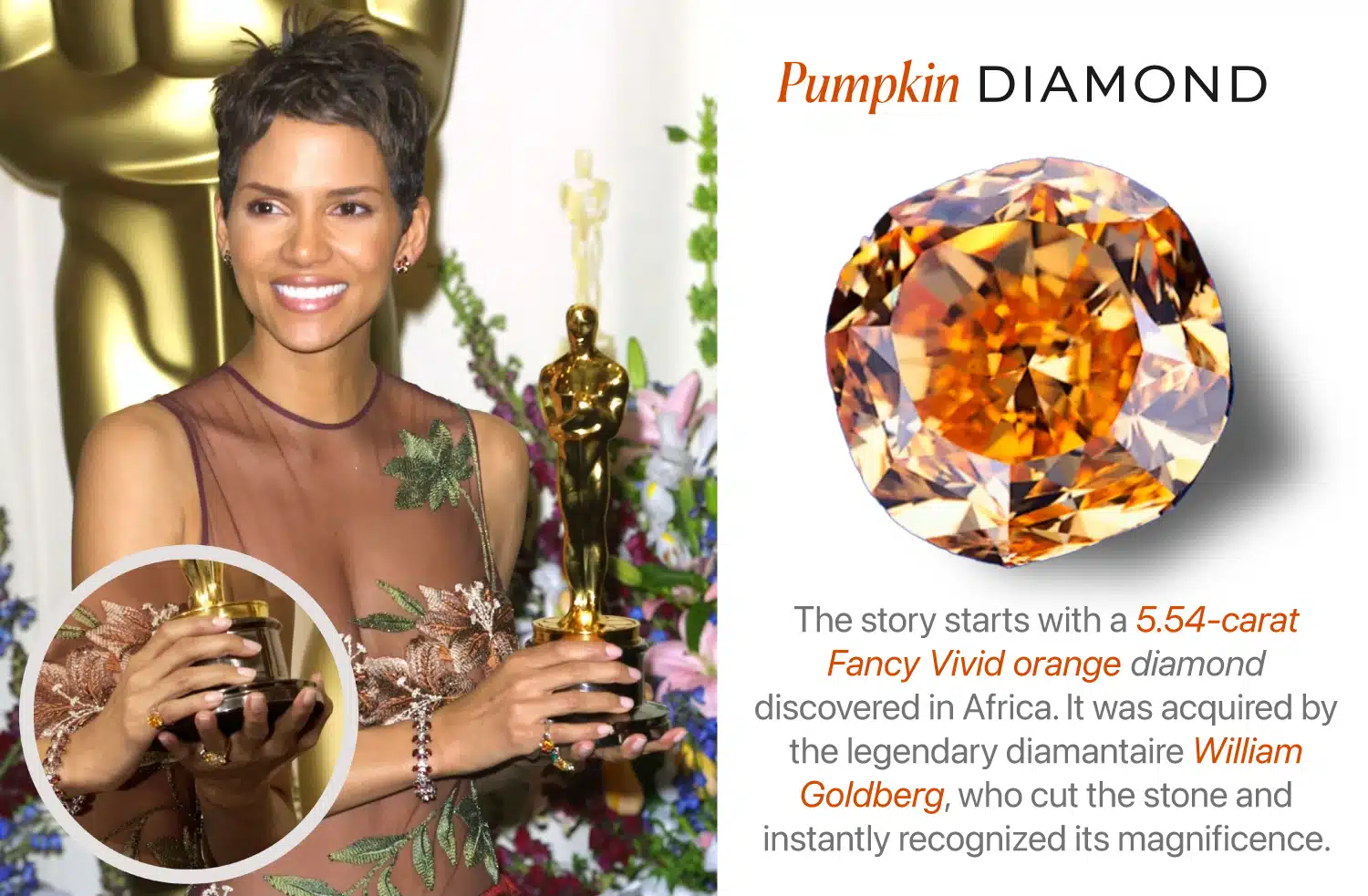
The Unforgettable Moment:
The diamond was later purchased by Harry Winston and set into a spectacular ring. And then came its date with destiny. At the 74th Academy Awards in 2002, actress Halle Berry wore the Pumpkin Diamond.
That very night, she made history, becoming the first Black woman to win the Oscar for Best Actress. The image of her, emotional and triumphant, holding that golden statue with the fiery orange diamond on her finger, is iconic.
My Expert Take: “This was a watershed moment. The Pumpkin Diamond wasn’t just on the red carpet; it was part of a historic, culture-shifting event. It forever cemented the orange diamond in the public’s imagination as a symbol of success, high glamour, and groundbreaking achievement.”
This kind of moment is what makes celebrity jewelry so powerful, a phenomenon we explore in my guide to the Iconic Yellow Diamond Engagement Rings of Hollywood. The Pumpkin Diamond isn’t just a gem; it’s a piece of Oscar history.
‘The Orange’: The Undisputed King
If the Pumpkin Diamond is the celebrity, “The Orange” is the undisputed king. While the Pumpkin made the color famous, this diamond established its breathtaking, world-record value.
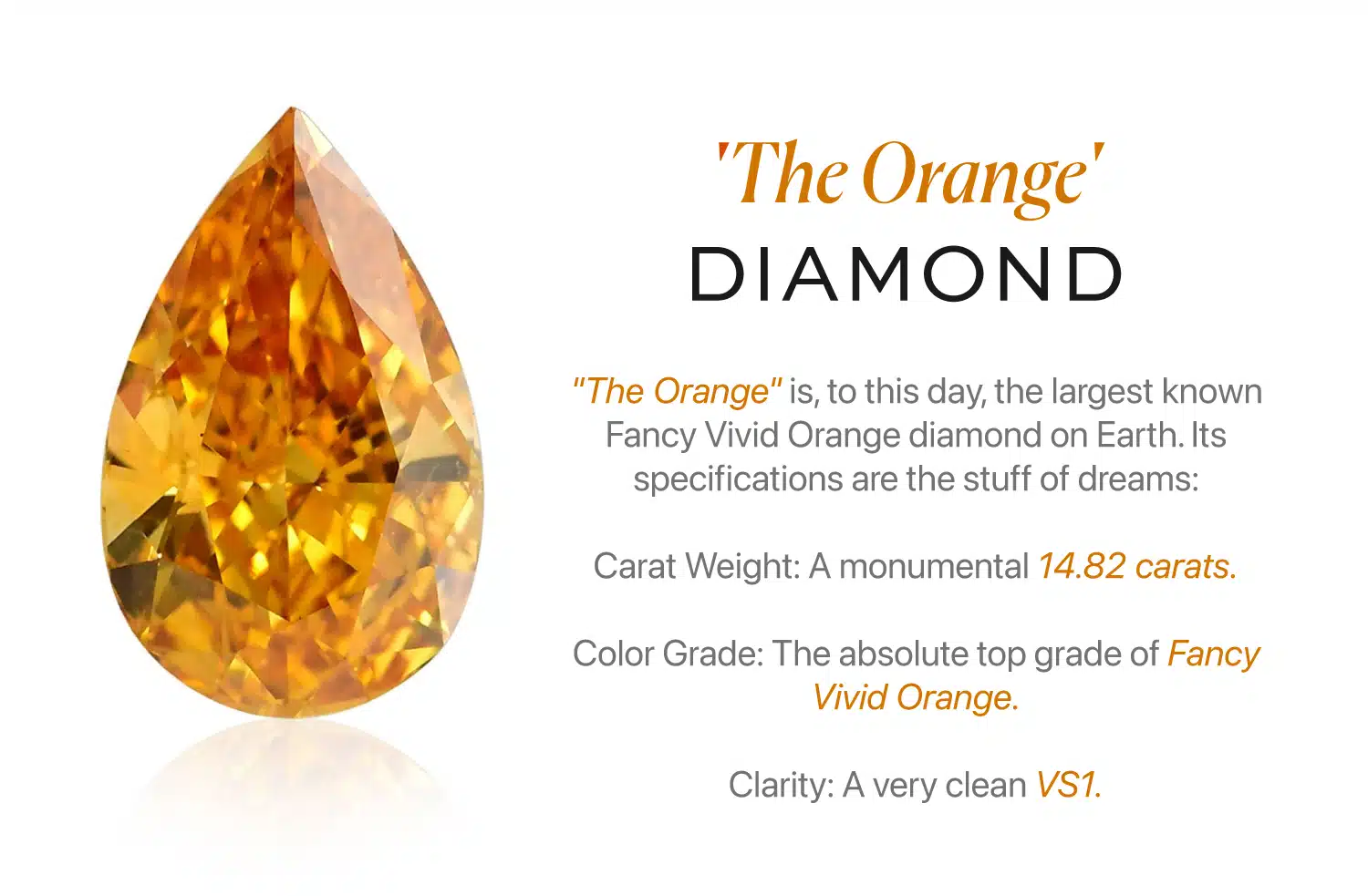
“The Orange” is, to this day, the largest known Fancy Vivid Orange diamond on Earth. Its specifications are the stuff of dreams:
- Carat Weight: A monumental 14.82 carats.
- Color Grade: The absolute top grade of Fancy Vivid Orange.
- Clarity: A very clean VS1.
In 2013, this titan came to auction at Christie’s Geneva. The entire gem world held its breath. The final hammer price was a historic, record-shattering $35.5 million.
Let that number sink in. More importantly, this sale set the world-record price per carat for an orange diamond at an unbelievable $2.4 million.
This was the moment that proved, without a shadow of a doubt, that a pure, top-tier orange diamond is just as valuable and coveted as the most legendary pinks and blues.
It cemented its status as one of the ultimate investment-grade assets in the world, a type of treasure whose value requires a completely different level of analysis, a topic we touch on in our guide to the Definition of Appraisal for a Diamond Ring.
The 2025 Price Guide: Natural vs. Lab-Grown Orange Diamonds
After seeing the legends and understanding their impossible rarity, the next logical question is: “what is an orange diamond worth?” In 2025, this question has two completely different, and equally exciting, answers. We’re living in a parallel market.
There is the traditional world of the natural, collectible orange diamond, and the brand-new, accessible reality of the lab-grown fire gem. Let’s break down the real-world numbers for both.
The Natural Orange Diamond Market: A Collector’s Passion
This is the world of fine art, of hard assets, where passion and investment meet. As of 2025, the market for top-tier fancy colored diamonds remains strong. While some segments have seen shifts, high-quality fancy colors, buoyed by the scarcity from mine closures, have seen prices rise 15-30% in recent years.
However—and I cannot stress this enough—the value of an orange diamond is hyper-sensitive to its exact color. A pure, natural orange diamond commands a colossal premium, while the presence of a secondary color can change the price by a factor of 100.
Let’s look at real-world examples available today to see this in action.
The Investment Piece
Let’s start at the top. Look at this jaw-dropping GIA 1.02 Carat Fancy Vivid Yellowish Orange-SI1 Pear Shaped Diamond available at James Allen. The price? A staggering $156,930. This is the power of a “Vivid” color grade.
Even with a secondary “Yellowish” hue, the sheer intensity and rarity of this stone place it in the realm of serious collectors. A stone like this is not just jewelry; it’s a portable asset.
The Modifier Effect (How “Brown” Changes Everything)
Now, watch what happens when a less desirable color enters the mix. This beautiful GIA 1.20 Carat Fancy Brown Orange-VS2 Oval Cut Diamond on Blue Nile is listed for just $3,500. Let me repeat that: from over $150,000 to under $4,000. It is a stunning, warm, cognac-colored stone, but that dominant “Brown” modifier makes it a completely different—and vastly more accessible—value proposition.
This is the most important lesson you can learn about buying fancy colored diamonds: the modifiers are everything. Understanding these nuances is key, just as it is when differentiating clarity grades like VS1 vs. VS2.
The Intense Mid-Range
For a stone that balances strong color with a more attainable price, look at this gorgeous GIA 1.07 Carat Fancy Intense Yellow Orange-VS2 Radiant Cut Diamond at James Allen for $20,510. The “Intense” grade has a real punch of color, making it a spectacular choice for a truly high-end orange diamond engagement ring.
The Lab-Grown Revolution: The Attainable Fire
Now, let’s step into the second reality—the one that has completely changed the game for 99% of buyers. Thanks to incredible advancements in technology, you can get the same fiery orange color in a scientifically identical diamond for 80-90% less than a natural stone.
This isn’t a “fake” diamond; it’s a real diamond created in a lab, and it makes this breathtaking color accessible for the first time in history.
The Showstopper (That You Can Actually Afford)
The value here is simply mind-blowing. Look at this magnificent IGI 10.28 Carat Fancy Vivid Orange-VVS2 Emerald Cut Lab-Grown Diamond at James Allen. Its price is just $9,010. For less than the price of a small, brownish natural diamond, you can own a colossal, over 10-carat gem with the absolute top color grade and clarity. It is an A-list, celebrity-level stone made attainable.
The Perfect Engagement Ring Size
For an unforgettable orange diamond engagement ring that will leave her speechless, consider this IGI 3.01 Carat Fancy Vivid Orange-VVS2 Oval Cut Lab-Grown Diamond from James Allen, available for only $2,710. A three-carat, top-color diamond for under $3,000. It’s a statement of breathtaking beauty and brilliant value.
Most of these stones come with a lab report that verifies their qualities. You can become an expert on what this means by reading my complete guide to IGI Diamond Certification.
The Bottom Line: Price Comparison at a Glance (1-Carat)
| Stone Type & Quality (1 Carat) | Approximate Price Range (2025) | Mehedi’s Take |
| Natural Fancy Vivid Orange | $100,000 – $500,000+ | A true collector’s asset. |
| Natural Fancy Brownish Orange | $3,000 – $8,000 | A beautiful stone with a different personality. |
| Lab-Grown Fancy Vivid Orange | $1,000 – $3,000 | The ultimate choice for beauty and value. |
How to Buy Your Perfect Orange Diamond Engagement Ring
You’re inspired by the fire, the rarity, and the story of the orange diamond. Now comes the most exciting part: making one your own. This is where, as your expert guide, I can give you the insider knowledge that will help you choose a truly spectacular orange diamond engagement ring.
In the world of fancy colored diamonds, the standard rules of the 4Cs are rewritten. You need to learn to think like a specialist, and I’ll walk you through the three most critical decisions you’ll make.
The Color: Your #1 Absolute Priority
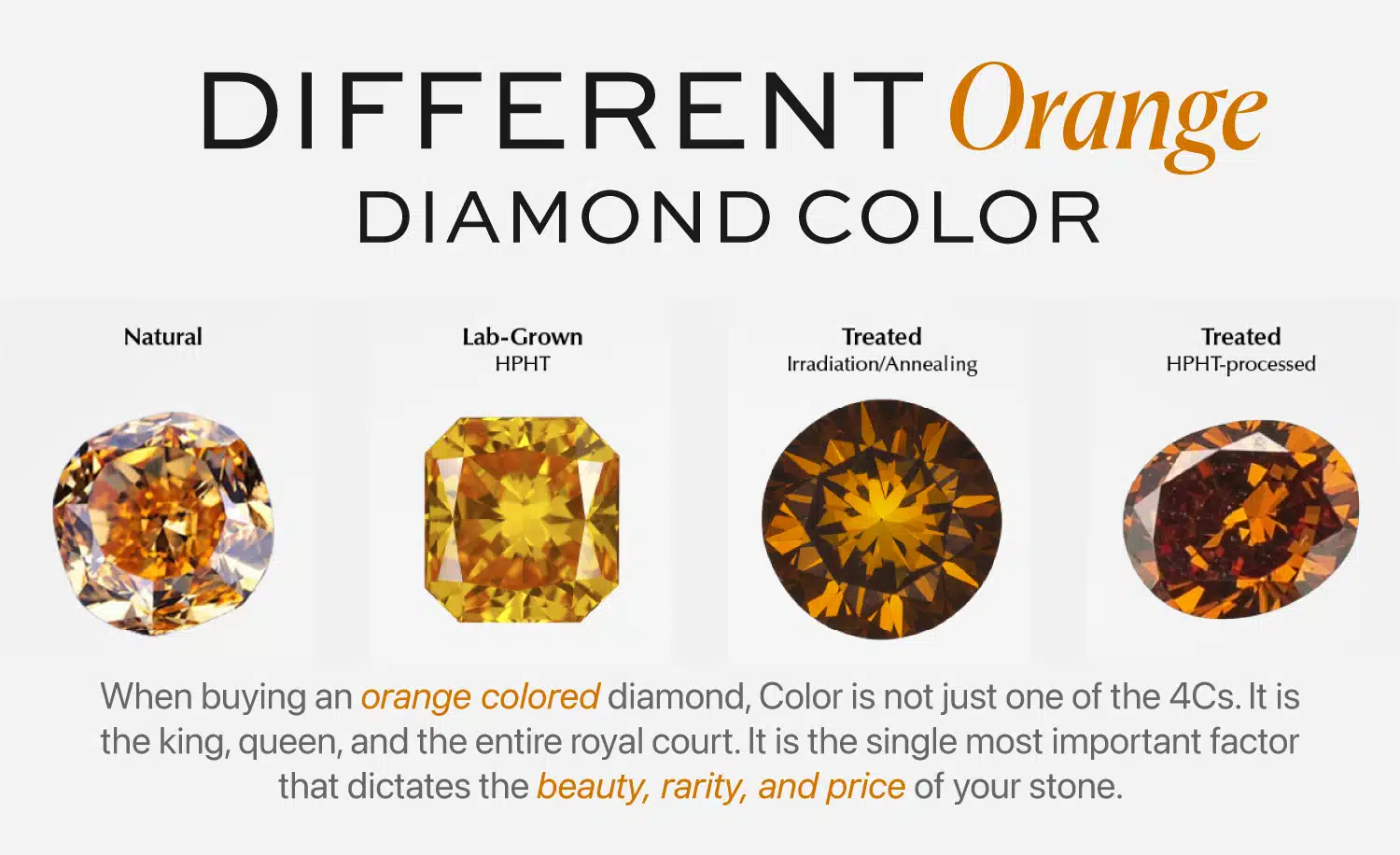
Let me be crystal clear: when buying an orange colored diamond, Color is not just one of the 4Cs. It is the king, queen, and the entire royal court. It is the single most important factor that dictates the beauty, rarity, and price of your stone.
The GIA grades this color on an intensity scale that travels from a soft Faint or Light orange, through a confident Fancy and a rich Fancy Intense, all the way to the legendary, top-tier Fancy Vivid Orange.
But the secret that every expert knows is that the most critical detail lies in the secondary hues. A pure, unmodified orange diamond is a miracle, but most will have a secondary color that defines their personality and their price tag.
- Yellowish-Orange: This is the most common and often most beautiful modifier. It creates a vibrant, fiery “apricot,” “marigold,” or “saffron” hue that is incredibly desirable.
- Brownish-Orange: This is a completely different story. The presence of a brown modifier mutes the bright orange, creating a more earthy, “cognac,” “amber,” or “autumnal” tone. While beautiful, these stones are far less rare and, therefore, significantly less expensive.
My Expert Take: “Never, ever buy an important colored diamond without a top-tier lab report. A trustworthy certificate from a lab like GIA is your only shield. It is the only thing that guarantees the diamond’s color is natural and that the ‘Fancy Intense Yellowish Orange’ you’re paying for isn’t actually a ‘Fancy Brownish Orange’ in disguise.”
This is the most critical lesson in colored diamond buying. The difference between a good certificate and a bad one can mean tens, if not hundreds, of thousands of dollars. It’s a hard lesson I explain in my deep-dive, EGL vs. GIA Certification: A Jeweler’s Brutally Honest Takedown.
The Importance of Cut: Crafting the Fire Within
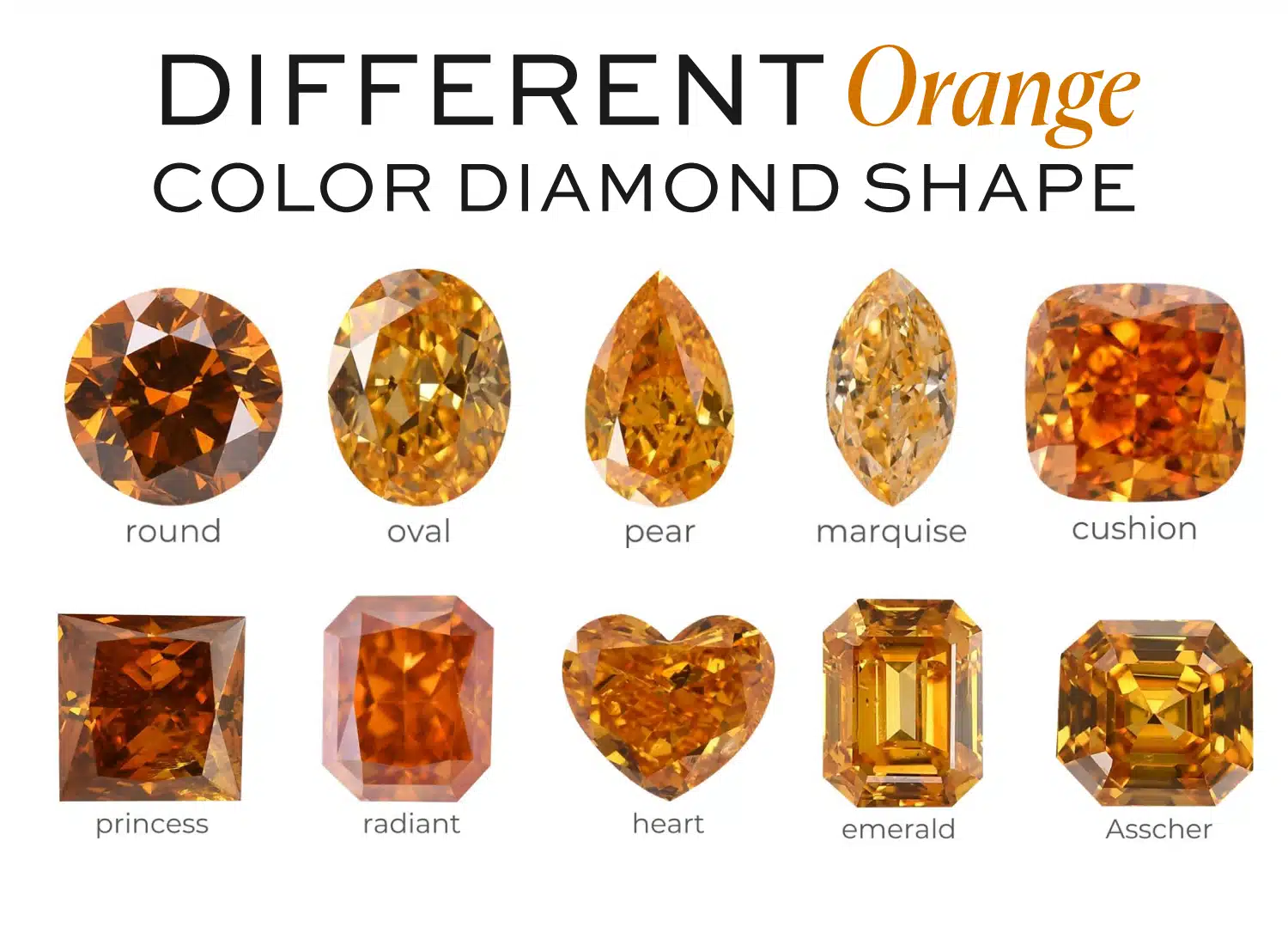
Here’s another piece of insider knowledge that will completely change how you look at a diamond orange stone. The philosophy of the cut is completely flipped on its head compared to a colorless diamond.
Mehedi’s Expert Take: “With an orange diamond, the cutter’s job is completely different. Their #1 goal isn’t maximizing brilliance like in a colorless stone; it’s maximizing color saturation. They will sacrifice everything else—yield from the rough, traditional sparkle metrics, everything—to make that orange look as deep and fiery as possible when you look at it from the top down.”
The cutter is not creating a prism; they are creating a stained-glass window. This is precisely why fancy shapes are the go-to choice for almost every orange diamond ring.
- The Power Players (Radiant & Cushion): Shapes like the Radiant Cut and the Cushion Cut have complex, mixed faceting patterns that are masterful at trapping light. They act like internal mirrors, forcing light to bounce around inside the diamond for longer, picking up more and more rich orange color before it returns to your eye.
- The Weak Performer (Round Brilliant): A classic Round Brilliant Cut is engineered for the exact opposite effect. Its job is to get light in and out as quickly as possible in the form of brilliance. This “light leakage” can actually make an orange color appear weaker or more washed out.
To see just how differently a cut can be optimized for pure brilliance, you have to explore my guide on the ultimate performance cut, Hearts and Arrows Diamonds. It will make you appreciate the unique artistry that goes into cutting for color.
The Setting: Your Secret Weapon to Tell a Color Story
Your choice of metal for the setting is not just an aesthetic decision; it’s a strategic one. It’s your secret weapon to enhance the story your orange diamond is telling.
Yellow or Rose Gold (The Harmony Strategy)
This is my #1 recommendation for the vast majority of orange diamonds. The warm tones of yellow or rose gold will bleed into the stone, complementing its natural warmth. This does two brilliant things: it makes a yellowish-orange diamond look even richer and more intentionally fiery, and it can help a pure orange appear even deeper and more saturated.
Platinum or White Gold (The Contrast Strategy)
This is the choice for a truly confident, top-tier Fancy Intense or Fancy Vivid Orange stone. The stark, cool white of the metal creates a high-contrast frame that makes the fiery orange POP with electric energy. It’s a modern, bold, high-fashion look that says the diamond’s color is so powerful, it needs no help.
The ability to visualize these combinations before you buy is absolutely key. It’s why services that let you play with these options, like the Blue Nile Creative Studio, are so incredibly valuable for making a confident final decision.
Read Our 5-Star Blue Nile Review
Check our comprehensive Blue Nile review to learn why we rated Blue Nile 5 stars for their exceptional quality and value.
Where to Find Orange Diamonds For Sale
A great selection of orange diamonds isn’t something you’ll find at your local mall jeweler. You need to go to the specialists. For the best selection, transparent pricing, and industry-leading visualization tools, my top recommendations are James Allen and Blue Nile.
Here’s why they are the best place to start your search:
- High-Quality Visualization: For a gem where subtle shifts in hue can mean tens of thousands of dollars, their 360° high-resolution videos are not a luxury; they are essential.
- Unmatched Selection & Dual Inventory: Crucially, they are among the only major retailers to offer a robust and searchable inventory of both natural and lab-grown orange diamonds. This unique advantage allows you to compare a 1-carat natural brownish-orange directly against a 3-carat lab-grown vivid orange, empowering you to make the absolute smartest decision for your budget and her style.
For a full breakdown of their experience, you can read my Unboxing Blue Nile Review.
Deal Alert: Elevate your design. Get up to 30% OFF engagement ring settings at Blue Nile !
One In A Lifetime Sale: “Clear The Vault” – Get up to 70% OFF on select jewelry at Blue Nile !
| Pro Tip: See every detail with 360° HD videos available at James Allen .
Orange Diamond FAQ: Your Questions, Answered
You’ve got questions about this incredible fire gem, and I have the honest, expert answers you need. Let’s tackle the most common and important queries I hear from clients who are captivated by the allure of the orange diamond.
My Final Verdict: A Gem of Fire and Choice
We began this journey with a single question: what is a natural orange diamond? And now you know the truth. It is not just a gemstone; it is a geological masterpiece, a “Fire Diamond” born from a perfect storm of chemistry and trauma deep within the earth. It’s a legend worn by Hollywood royalty and a collector’s prize so rare that its value is spoken in the same breath as the most famous pinks and blues.
But the most exciting part of the story is that in 2025, the reality of this captivating gem has split in two.
- For the Collector and Investor: The natural orange diamond remains one of the ultimate hard assets. It is a piece of earth’s history, a story of rarity you can hold in your hand, and a legacy piece whose value will likely only grow as its supply dwindles.
- For the Lover of Beauty and Bold Style: The lab-grown orange diamond is a modern miracle. It offers the exact same fiery beauty, the same captivating color, and the same durable, dazzling presence for a tiny fraction of the cost.
For the first time in history, you have a choice. You can own the legend, or you can own the look. And either way, you are choosing a brilliant, breathtaking, and unapologetically joyful gem.
Continue Your Research Journey
You are now armed with the insider knowledge to understand one of the rarest and most captivating gemstones on the planet. The next exciting step is to take this expert-level knowledge and apply it to the practical choices of finding the perfect diamond for you. These hand-picked guides will take you from an informed reader to a true connoisseur.
Compare the World’s Top Online Retailers
You know the incredible value that online retailers offer. Now, see how they stack up against each other in my unfiltered, head-to-head comparisons.
- A Deep Dive into an Industry Leader: My complete, no-holds-barred James Allen Review.
- The New Guard vs. The Old Guard: An expert’s analysis in our Vrai vs. Blue Nile comparison.
- A Look at a Major Player: How does their model stack up? See the full breakdown in Brilliant Earth vs. James Allen.
Become an Expert on Specific Diamond Shapes
You know that cut is crucial for intensifying an orange diamond’s color. Now, become an expert on the specific shapes that caught your eye.
- For a Graceful, Elongated Look: My definitive Pear-Shaped Diamond Ring Buying Guide.
- For a Sharp, Modern, and Geometric Style: Our complete guide to the Princess Cut Diamond Ring.
- For a Bold, Vintage-Inspired Vibe: All the secrets you need to know about the Marquise Cut Diamond.
Master the Practical Guides for a Smart Purchase
Let’s get down to the brass tacks and prepare you for the final steps of your journey with these essential, savvy-shopper guides.
- The All-Important Budget Question: A real, no-nonsense answer to How Much to Spend On a Wedding Ring.
- The Smart Shopper’s Calendar: An insider’s guide to The Best Times to Buy a Diamond Ring.
- Understanding Long-Term Value: A frank discussion on what a diamond is worth after you buy it in Selling Diamond Rings at a Pawn Shop.
Blue Nile is one of the biggest and most recognized online jewelry retailers, offering an extensive and exclusive inventory. Their high-resolution images are improving and getting closer to the quality offered by James Allen, while their prices remain highly competitive. Right now, Blue Nile offers up to 30% savings on jewelry during a limited-time sale.
WHAT WE LOVE ABOUT THEM:
- 30-day no-questions-asked return policy, with a prepaid shipping label provided by Blue Nile.
- Lifetime warranty on all purchases.
- Free shipping on every order.
- Complimentary services every six months, including prong tightening, repolishing, rhodium plating, and cleaning.
- Insurance appraisal included with your purchase.
- One free resizing within the first year.
- High-quality images available for roughly half of their diamond selection.
- 24/7 customer service support.
- Full credit toward future upgrades, as long as the new item is at least double the value.
- Best-in-class order fulfillment process.
James Allen is a top leader in online diamond sales, offering cutting-edge imaging technology that lets you inspect diamonds as if you were using a jeweler's loupe. With the largest exclusive selection of loose diamonds available online and excellent pricing, they also boast one of the finest collections of lab-created diamonds on the market. They currently run a 25% discount on selected lab-grown diamonds!
WHAT WE LOVE ABOUT THEM:
- 30-day no-questions-asked return policy, with a prepaid shipping label provided by James Allen.
- Lifetime warranty on all purchases.
- Free international shipping.
- Complimentary prong tightening, repolishing, rhodium plating, and cleaning every six months.
- Insurance appraisals included with purchases.
- One free resizing within 60 days of purchase.
- Free ring inscriptions available.
- Best-in-class high-quality imagery for every diamond in stock.
- 24/7 customer support.
- Premium, best-in-class packaging.

